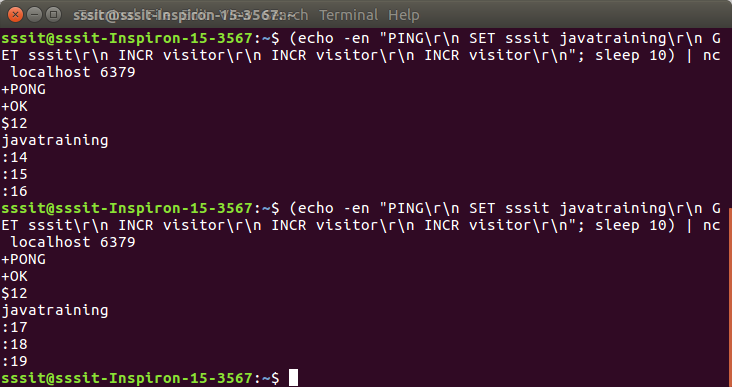TCP-KeepAlive
Keepalive is a method to allow the same TCP connection for HTTP conversation instead of opening a new one with each new request.
In simple words, if the keepalive is off the Redis will open a new connection for every request which will slow down its performance. If the keepalive is on then Redis will use the same TCP connection for requests.
Let’s see the graph for more details. The Red Bar shows the output when keepalive is on and Blue Bar shows the output when keepalive is off
For enabling the TCP keepalive, Edit the redis configuration and update this value.
vim /etc/redis/redis.conf# Update the value to 0
tcp-keepalive 0
Pipelining
This feature could be your lifesaver in terms of Redis Performance. Pipelining facilitates a client to send multiple requests to the server without waiting for the replies at all and finally reads the reply in a single step.
For example:-

You can also see in the graph as well.
Pipelining will increase the performance of redis drastically.
Max-Connection
Max-connection is the parameter in which is used to define the maximum connection limit to the Redis Server. You can set that value accordingly (Considering your server specification) with the following steps.
sudo vim /etc/rc.local
# make sure this line is just before of exit 0.
sysctl -w net.core.somaxconn=65365This step requires the reboot if you don’t want to reboot the server execute the same sysctl command on the terminal itself.
Overcommit Memory
Overcommit memory is a kernel parameter which checks if the memory is available or not. If the overcommit memory value is 0 then there is a chance that your Redis will get OOM (Out of Memory) error. So do me a favor and change its value to 1 by using the following steps
echo 'vm.overcommit_memory = 1' >> /etc/sysctl.confRDB Persistence and Append Only File
RDB persistence and Append Only File options are used to persist data on disk. If you are using the cluster mode of Redis then the RDB persistence and AOF is not required. So simply comment out these lines in redis.conf
sudo vim /etc/redis/redis.conf
# Comment out these lines
save 900 1
save 300 10
save 60 10000
rdbcompression no
rdbchecksum no
appendonly noTransparent Huge Page(THP)
Most of the people are not aware of this term. Basically, For making the translation of physical and virtual memory kernel uses the concept of paging. This feature was defined to enhance the memory mapping process but somehow it slows down the databases which are memory-based (for example — in the case of Redis). To overcome this issue you can disable THP.
sudo vim /etc/rc.local
# Add this line before exit 0
echo never > /sys/kernel/mm/transparent_hugepage/enabledAs graph also shows the difference in performance. The Red Bar is showing THP disabled performance and Blue Bar is showing THP enabled performance.


No comments:
Post a Comment